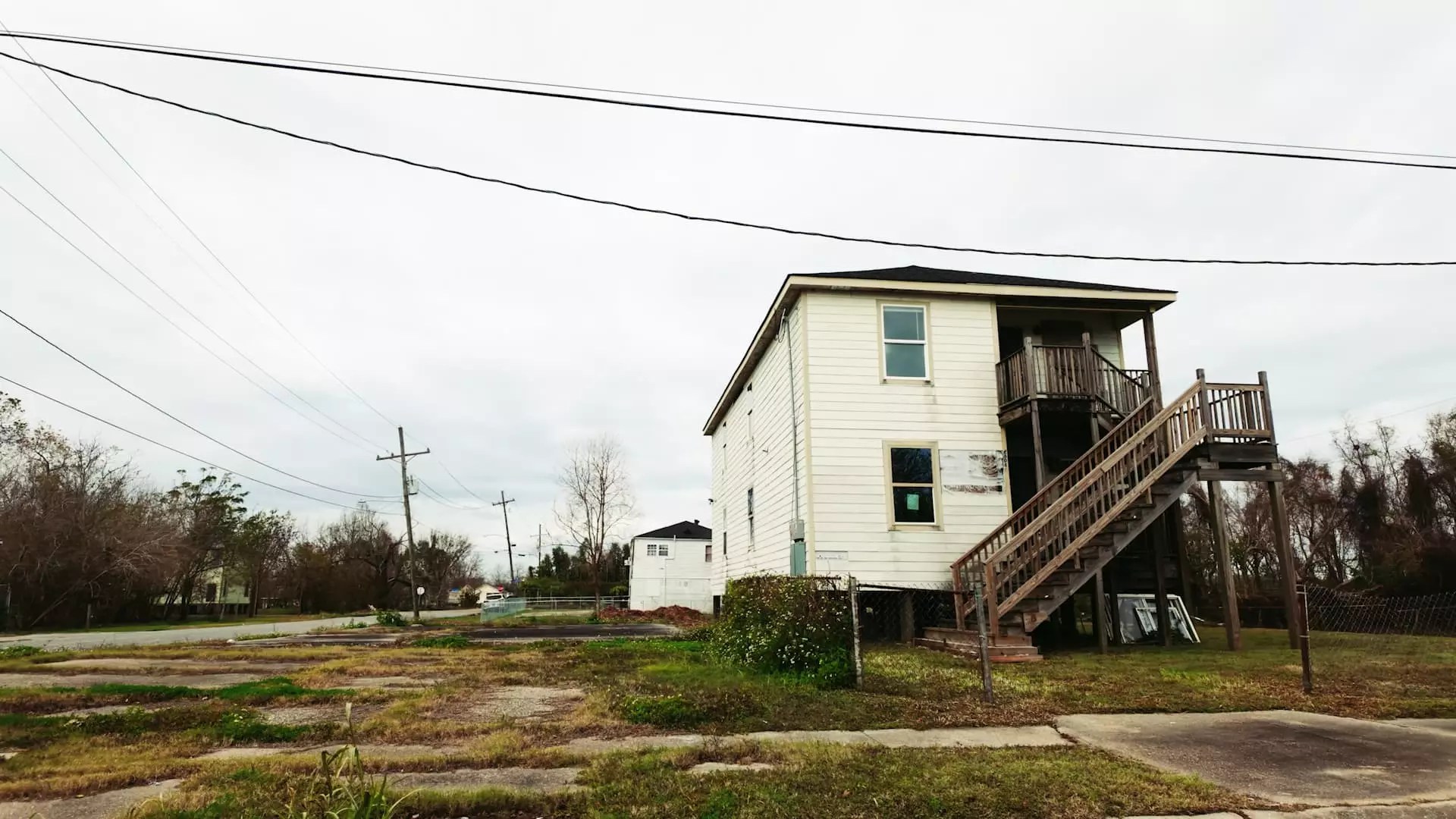In August 2005, Hurricane Katrina barreled into the Gulf Coast, leaving an indelible mark on New Orleans that continues to manifest in various aspects of life for its residents. The hurricane inundated the city, tragically resulting in the loss of over 1,800 lives and the displacement of millions. With an estimated $201.3 billion in damages, adjusted for inflation, it stands as the most costly tropical cyclone in United States history. The dire aftermath saw a substantial loss of housing stock, with nearly 25% of homes left abandoned. While many residents have returned and communities are gradually regaining their former vibrancy, the scars of Katrina’s devastation remain an ongoing challenge.
The demographic upheaval that followed the hurricane presents a portrait of resilience blended with struggle. Even more than two decades after the storm, the population of New Orleans has yet to fully rebound. According to statistical analyses, areas like the Lower Ninth Ward—one of the neighborhoods most severely affected—have seen only about one-third of their original residents return. This exodus exacerbates the financial difficulties faced by the local government, which grapples with diminished tax revenues amid ongoing infrastructure repair needs.
Calvin Alexander, a long-time resident of the Lower Ninth Ward, highlights a paradox; although property values in certain neighborhoods have surged, this boom is not necessarily beneficial for those who suffered the most from the storm. The pressure of rising property values could be seen as both a sign of recovery and a further barrier for disenfranchised groups that once thrived in their communities.
In the wake of Katrina, neighborhoods on higher ground, such as Holy Cross, have witnessed their real estate values skyrocket—with some areas seeing increases of up to 266%. The allure for new buyers can obscure the silent suffering of those who fall victim to gentrification. Increasing housing prices create additional barriers for low-income residents aiming to return or stay in the area. In stark contrast to citywide trends, incomes in New Orleans remain below the national average, and poverty rates are alarmingly high.
Federal assistance programs, notably the “Road Home Program,” aimed to alleviate some of these challenges. However, critiques of the program highlight its shortcomings, particularly its reliance on pre-storm assessments rather than assessing actual damage. Laura Paul, who leads a non-profit dedicated to housing repairs in the Lower Ninth Ward, articulates that the program’s structure has disadvantaged those with fewer financial resources, making it difficult for them to rebuild effectively.
Compounding the issue of housing recovery is the burden placed on residents due to skyrocketing insurance premiums. The Treasury Department has sounded alarms regarding the rising cost of insurance in disaster-prone locales such as New Orleans, with mounting expenses often rendering coverage unaffordable for those who most need protection. While authorities have invested billions into rebuilding drainage and levee systems capable of fending off future storms, many residents still navigate a precarious balance between protection and financial strain.
Experts note that the infrastructure improvements are not without their dilemmas. Some of the engineered solutions may have contributed to land subsidence, which poses its own risks for coastal cities. Despite the complications, state officials assert that for every dollar expended on storm protection, $7 in economic benefits are yielded, signifying a long-term perspective that seeks to secure both the physical and economic landscape of New Orleans.
In a bid to combat the realities of climate change and the unique challenges posed by living in a low-lying region, the state has set ambitious goals. Over the next 50 years, an estimated investment of $50 billion aims at maintaining and enhancing the complex of hurricane and storm protection systems. Additionally, plans to elevate thousands of homes signify a proactive approach to safeguarding residents’ wellbeing.
While the road ahead is fraught with difficulties, inclusive strategies, sustained investments, and community resilience are gradually reshaping the narrative of recovery in New Orleans. The journey from devastation to resilience is long, yet the spirit of the city and its people remains a beacon of hope amidst the trials they have faced.


Leave a Reply